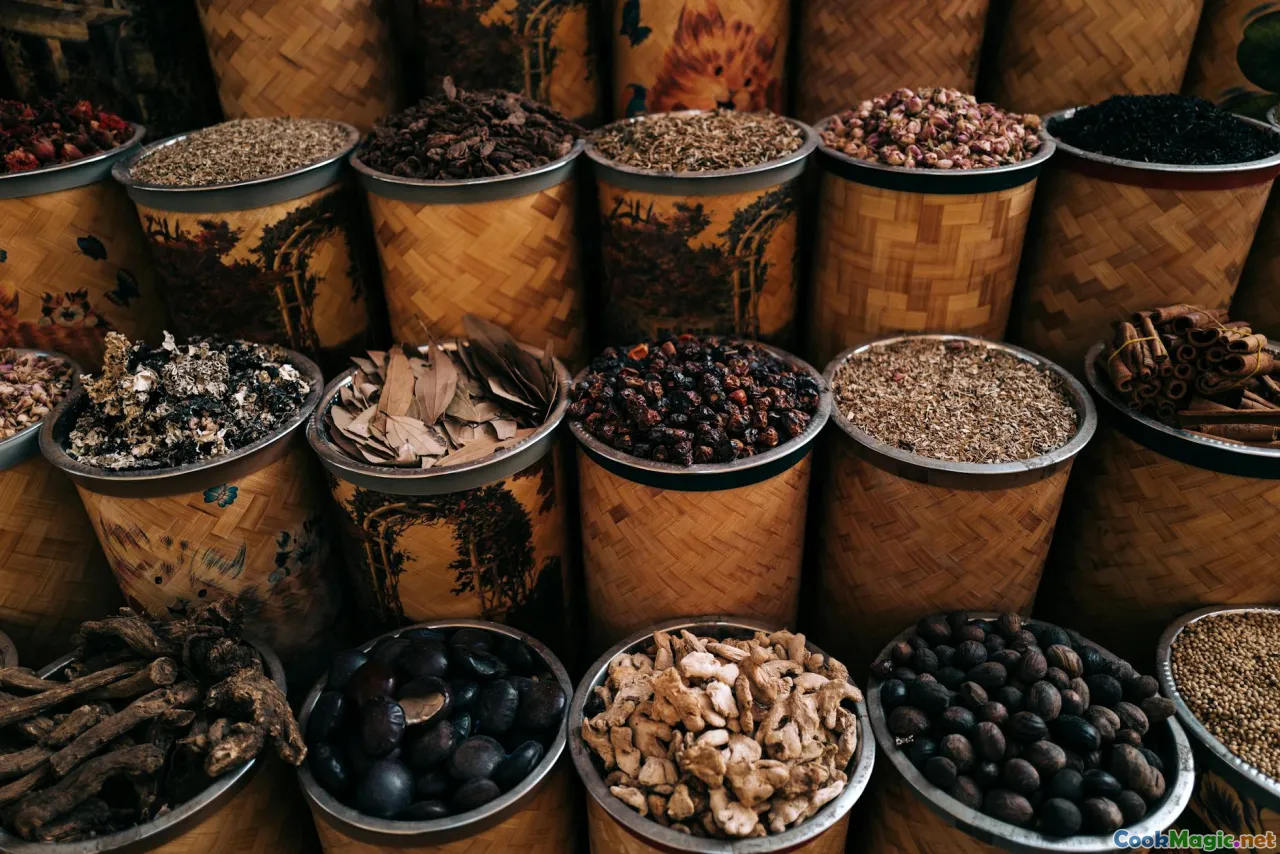How Nutmeg Shapes the Flavors of Grenadian Cooking
7 min read Discover how nutmeg, a beloved spice, defines the heart of Grenadian cooking with its rich aroma, warm notes, and cultural significance. May 09, 2025 03:00
How Nutmeg Shapes the Flavors of Grenadian Cooking
Imagine walking through the vibrant streets of Grenada, where the air is thick with the intoxicating aroma of spices, and every dish tells a story of history, culture, and passion. Central to this aromatic tapestry is nutmeg—a spice that is more than just an ingredient; it is the soul of Grenadian cuisine. This article takes you on a sensory journey into how nutmeg defines and elevates the flavors of Grenada’s culinary landscape.
Introduction: The Heartbeat of Grenadian Flavors
Grenada, often called the "Spice Isle," is renowned worldwide for its lush plantations and fragrant spices. Among these, nutmeg stands out—not only for its distinctive aroma but also for its deep cultural roots. If you’ve ever tasted the rich, warm notes of a Grenadian stew or the sweet, fragrant aroma wafting from a local bakery, chances are nutmeg played a starring role.
But how did this humble seed become so integral? And what makes it so uniquely suited to Grenadian cooking? Let’s uncover the secrets behind nutmeg’s legendary status.
The History and Cultural Significance of Nutmeg in Grenada
A Colonial Legacy
Nutmeg's journey to Grenada is intertwined with colonial history. Originally native to the Banda Islands in Indonesia, the spice was a prized commodity that European powers fiercely contested. The Dutch, Portuguese, and British all sought control over the lucrative spice trade. Grenada’s fertile volcanic soils proved ideal for cultivating nutmeg, and by the 19th century, it had become a major plantation crop.
A Cultural Icon
For Grenadians, nutmeg is more than a crop; it’s a symbol of resilience and identity. The spice’s presence in traditional dishes, festive celebrations, and daily life reflects a deep cultural attachment—passed down through generations. From the bustling markets of St. George’s to home kitchens, nutmeg’s warm, inviting scent evokes memories of family gatherings, community festivals, and ancestral heritage.
The Botanical and Culinary Profile of Nutmeg
What Makes Nutmeg Unique?
Nutmeg comes from the seed of the Myristica fragrans tree, native to the Maluku Islands. The seed is encased within a vibrant red aril called mace, which is also a prized spice. The process of harvesting and drying nutmeg is labor-intensive, adding to its mystique and value.
Sensory Characteristics
- Aroma: Warm, sweet, slightly spicy with hints of earthiness.
- Flavor: Rich, nutty, and sweet with subtle notes of clove and pepper.
- Texture: Fine, powdery when ground, with a slightly oily surface.
In Grenadian cuisine, these sensory qualities translate into dishes that comfort and excite the palate.
Nutmeg’s Role in Traditional Grenadian Dishes
1. Pepperpot Stew
A quintessential Grenadian dish, Pepperpot is a hearty, savory stew featuring salted meats, vegetables, and a complex spice blend. Nutmeg’s warm undertones balance the richness of the meats, adding depth and a subtle sweetness that lingers on the tongue.
2. Oil Down
This national dish is a flavorful one-pot meal with salted meats, breadfruit, callaloo, and dumplings simmered in coconut milk. Nutmeg is often added in small quantities to enhance the coconut’s sweetness and provide a fragrant backdrop.
3. Bakes and Pastries
Grenadian baked goods, such as sweet rolls or spiced bread, are elevated by the addition of nutmeg. Its aroma fills the kitchen as they bake, creating an irresistible scent that invites family and friends to gather.
4. Festive Drinks
Nutmeg is a staple in traditional Grenadian drinks—rums, punch, and even herbal teas. Sprinkled on top of a warm drink, it adds a layer of aromatic complexity.
The Art of Using Nutmeg: Techniques and Tips
Freshly Grated vs. Ground
For the most vibrant aroma and flavor, fresh-grated nutmeg is preferred. A simple microplane or nutmeg grater releases essential oils that dried powder often loses over time.
Pairing with Other Spices
Nutmeg harmonizes beautifully with cinnamon, cloves, and allspice—cornerstones of Caribbean spice blends. When used thoughtfully, it creates a symphony of warmth and sweetness.
Dosage and Balance
In Grenadian cooking, nutmeg is used judiciously. A pinch can transform a dish, but too much can overpower the other flavors. It’s about balance—adding just enough to evoke warmth without dominance.
Personal Reflections and Cultural Insights
Growing up in Grenada, the scent of nutmeg always signaled something special—whether it was a family baking session or a community celebration. I remember my grandmother grating fresh nutmeg into her famous gingerbread, the aroma filling every corner of our home, bringing comfort and joy.
Nutmeg’s role extends beyond flavor; it’s a connector of stories, traditions, and identities. It reminds Grenadians of their history, resilience, and the natural bounty of their island.
Conclusion: Nutmeg as the Essence of Grenadian Flavor
Grenadian cuisine is a vibrant tapestry woven with spices, history, and love. Nutmeg, with its warm, sweet aroma and complex flavor profile, is more than a seasoning—it’s a cultural cornerstone. It elevates everyday dishes to culinary art and connects generations through shared tradition.
Next time you savor a Caribbean-inspired meal or bake a spiced treat, pause to appreciate the humble nutmeg—an aromatic ambassador of Grenada’s rich culinary heritage.
Embrace the warmth, the history, and the undeniable charm of nutmeg, and let it transport your senses to the heart of the Spice Isle.









